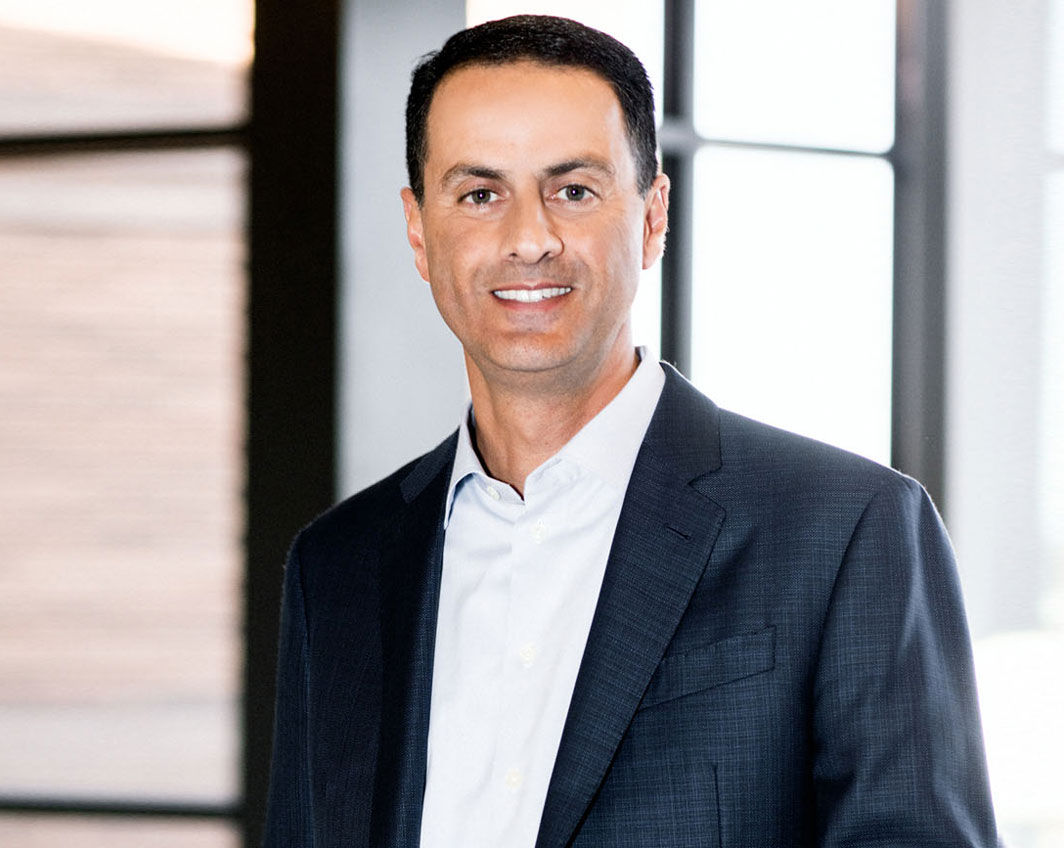As Big Pharma looks back on the beginning of 2024, pricing and access stand out as major factors deciding the future of the industry.
From the Inflation Reduction Act’s planned negotiations to manufacturing woes driving critical supply obstacles, market conditions are sticky for blockbuster mainstays and newly launched drugs alike.
Here’s what leaders at some of the largest pharma companies had to say about the industry environment in light of pricing and access pressures as they reported first-quarter earnings over the last few weeks.
“The products that we have that are going through the [IRA] process … are not our growth drivers for the future. They are our products that are more at the end of [their] life. They're not the ones that are going to be really key for us, both in the coming years as well as out through the end of the decade.”

Jennifer Taubert
EVP and worldwide chairman of innovative medicine, J&J
Jennifer Taubert, the head of the healthcare giant’s pharmaceutical division, didn’t mince words when it came to her feelings about the IRA, saying the new law that allows Medicare to negotiate drug prices “is not something that is going to help reinforce the tremendous investments that we’re making in R&D.”
That said, Taubert reassured investors the IRA would not be a terrible detriment to J&J. Although the company has three drugs on the list of 10 to be included in the first year of the law’s negotiation program — Xarelto, Imbruvica and Stelara — she said these aren’t products J&J depends on for future growth. The company is still working with the government in the back-and-forth negotiation process, but she noted the result has not caused the pharma division to step back from its goal of $57 billion in revenue by 2025.
J&J and other pharma giants have lost legal battles against the IRA, but the companies have vowed to appeal for a continued fight.
“As we move down from a $3,500 cap to a $2,000 cap, I would expect, in general, to see more patients' ability to fulfill their medicines to improve as the cost becomes lower at the pharmacy counter.”

Dr. Vasant Narasimhan
CEO, Novartis
Novartis CEO Dr. Vasant Narasimhan commended an IRA redesign of Medicare’s Part D prescription plan to a lower out-of-pocket cap for patients. Although he said it was still “early days” and that the company continues to monitor how the law will play out down the road.
Industry lobby group PhRMA said that although the redesign “took important steps to lower out-of-pocket costs” by introducing the lower cap, it also “didn’t go far enough.” The group has staunchly opposed the negotiation aspects of the IRA.
“Biopharmaceutical research companies are having to rethink how and where they invest in medical R&D, with the government essentially picking winners and losers by discouraging the development of some types of medicines and treatments for certain patient populations,” PhRMA said in a statement.
“[The IRA redesign impact] will really spread across our business, most concentrated in immunology and oncology. And we would estimate that total revenue impact could be worth several points of growth. While we'll still deliver robust revenue growth, we will have that headwind in 2025.”

Rob Michael
COO, AbbVie
AbbVie’s COO Rob Michael has a lot to think about these days with the company’s leading drug Humira in decline due to biosimilar entry hampering sales volume and price. Although the company has “several drivers that will offset Humira erosion next year,” Michael said, the downturn will hit AbbVie hard. The Part D redesign is likely to allow biosimilars to make more of an impression on that market.
Still, out past 2026, the pharma giant is looking to Humira follow-ups like Skyrizi and Rinvoq, as well as neuroscience products like Vraylar to build momentum and make up for the impacts that the redesign will exacerbate.
“We have a situation where we are gradually increasing access to more and more channels of the market, which comes — some of those — with a lower price. It’s really a sign of us reaching more and more patients, and also some of the more vulnerable patients, that’s impacting the pricing dynamics.”

Lars Fruergaard Jørgensen
CEO, Novo Nordisk
The IRA aside, some newer drugs are seeing a more natural drop in price, particularly for the ultra-popular diabetes and weight loss treatments like Ozempic and Wegovy from Novo Nordisk. CEO Lars Frergaard Jørgensen said this is all part of launching a whole new class of medicines and learning where the market stands.
Wegovy’s net price has slipped lower in the U.S. due to competition from Eli Lilly’s Mounjaro and Zepbound for insurance coverage. As supply constraints keep demand high, Jørgensen still expressed confidence the market will even out, saying the company had a “strong belief in the value of our products, but also a wish to treat more and more patients.”













